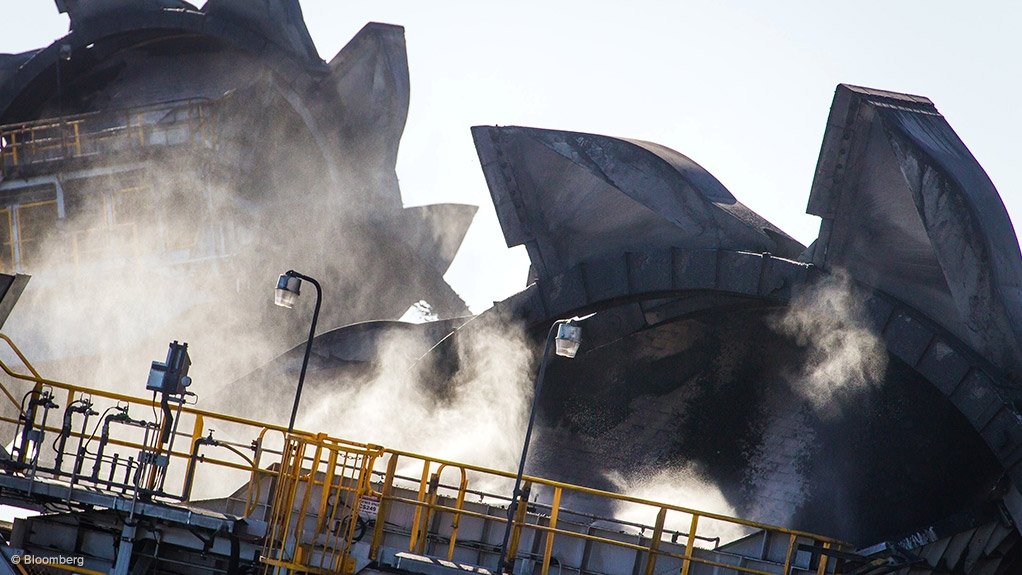AERA report sees further growth in Australia’s gas sector
PERTH (miningweekly.com) – The latest assessment of Australia’s energy resources has found that the country contains nearly 600 times its total primary domestic energy consumption in the form of economic demonstrated resources (EDRs).
“Australia has in excess of 3.5-million petajoules of EDRs, like coal, gas, oil and uranium,” Resources and Northern Australia Minister Matt Canavan said this week.
“Together, coal, gas, oil and uranium make up more than 20% of Australia’s total exports, and are projected to earn around A$90-billion a year over the next five years alone.”
The 2018 edition of the Australian Energy Resources Assessment (AERA) notes that Australia continues to have the world’s largest known economic uranium resources, the fourth largest coal resources and substantial conventional and unconventional gas resources.
There is good potential for further growth of the non-renewable resource base through new discoveries, the report reads.
“AERA confirms that we have substantial conventional gas resources, primarily offshore, and significant unconventional gas resources onshore,” Canavan said.
He added that given under-exploration for oil and gas in Australia, there was great potential for more to be discovered.
“To meet the needs of both industry and everyday Australians, it’s essential that we continue to invest in our gas sector,” he added.
“That’s why the Australian government has invested A$90-million in gas security, reliability and affordability, which includes a A$26-million programme designed to accelerate new supplies from onshore gas developments to the domestic market.”
The AERA noted that domestic and international demand for Australia’s energy resources continues to rise, although the energy mix is changing.
However, the report adds that the energy intensity of the Australian economy is expected to continue to fall over the next few decades through energy efficiency gains and a changing industrial landscape.
“Increasing use of renewable energy sources will require energy infrastructure to become more flexible and potentially decentralised over time. As this transition occurs, understanding Australia’s energy resources and the factors likely to affect their development has never been more important,” AERA reads.
Comments
Press Office
Announcements
What's On
Subscribe to improve your user experience...
Option 1 (equivalent of R125 a month):
Receive a weekly copy of Creamer Media's Engineering News & Mining Weekly magazine
(print copy for those in South Africa and e-magazine for those outside of South Africa)
Receive daily email newsletters
Access to full search results
Access archive of magazine back copies
Access to Projects in Progress
Access to ONE Research Report of your choice in PDF format
Option 2 (equivalent of R375 a month):
All benefits from Option 1
PLUS
Access to Creamer Media's Research Channel Africa for ALL Research Reports, in PDF format, on various industrial and mining sectors
including Electricity; Water; Energy Transition; Hydrogen; Roads, Rail and Ports; Coal; Gold; Platinum; Battery Metals; etc.
Already a subscriber?
Forgotten your password?
Receive weekly copy of Creamer Media's Engineering News & Mining Weekly magazine (print copy for those in South Africa and e-magazine for those outside of South Africa)
➕
Recieve daily email newsletters
➕
Access to full search results
➕
Access archive of magazine back copies
➕
Access to Projects in Progress
➕
Access to ONE Research Report of your choice in PDF format
RESEARCH CHANNEL AFRICA
R4500 (equivalent of R375 a month)
SUBSCRIBEAll benefits from Option 1
➕
Access to Creamer Media's Research Channel Africa for ALL Research Reports on various industrial and mining sectors, in PDF format, including on:
Electricity
➕
Water
➕
Energy Transition
➕
Hydrogen
➕
Roads, Rail and Ports
➕
Coal
➕
Gold
➕
Platinum
➕
Battery Metals
➕
etc.
Receive all benefits from Option 1 or Option 2 delivered to numerous people at your company
➕
Multiple User names and Passwords for simultaneous log-ins
➕
Intranet integration access to all in your organisation




















